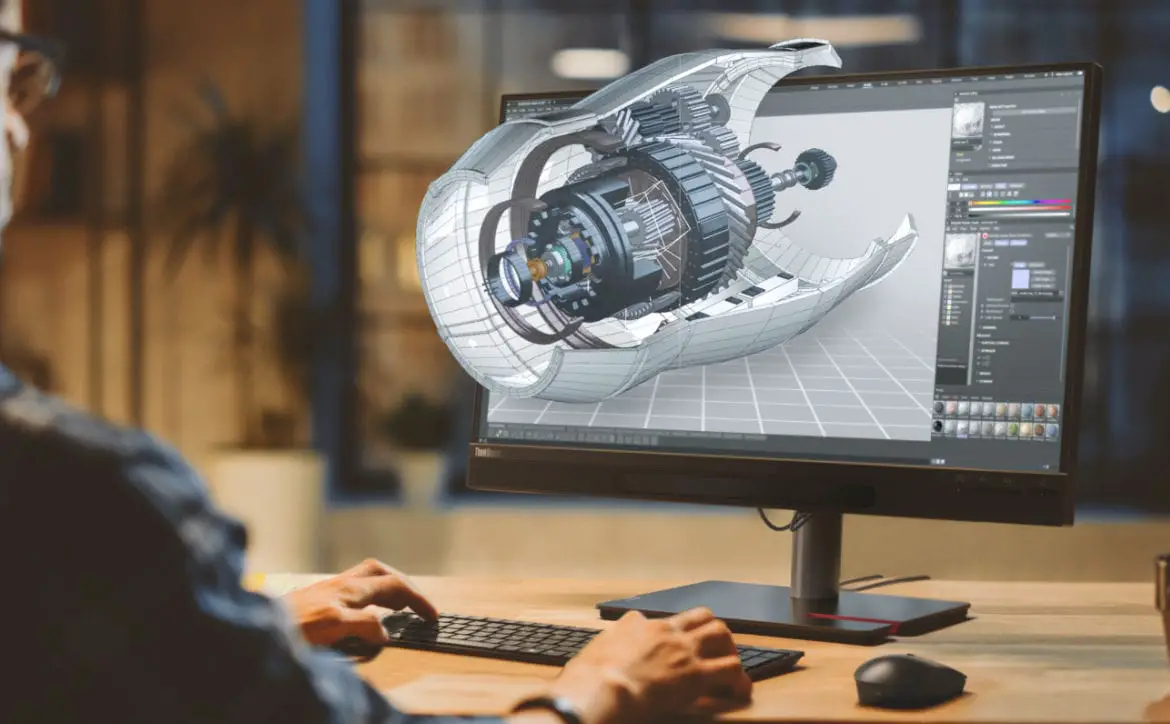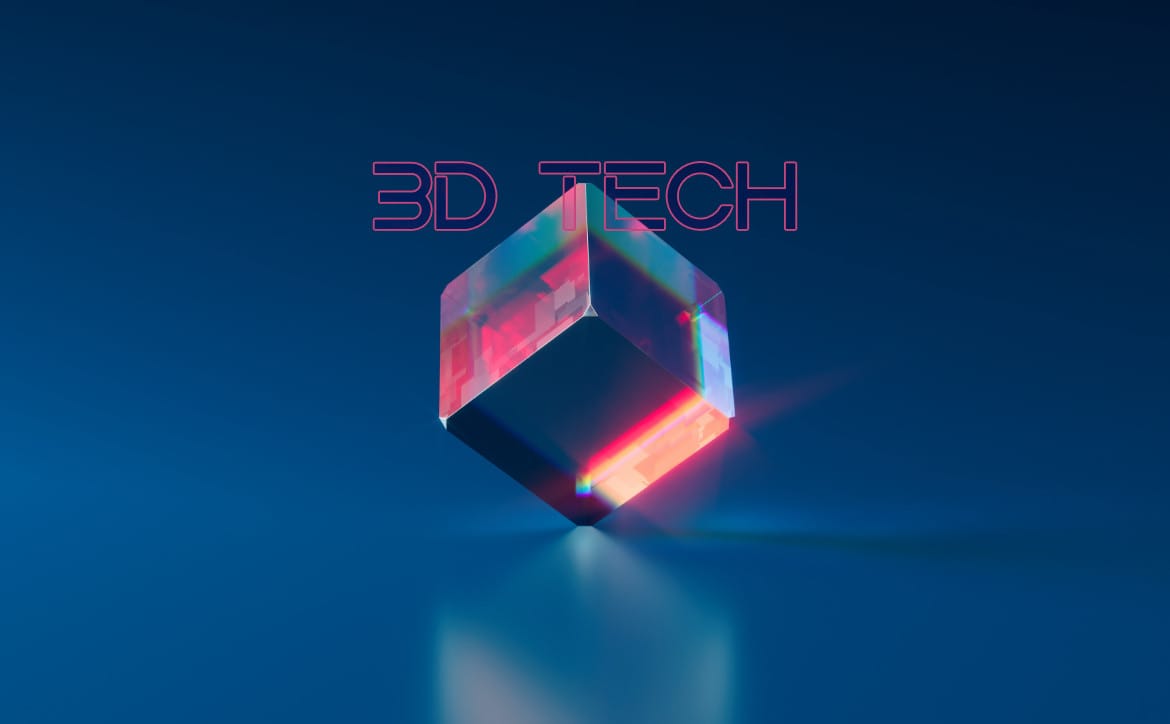When you think of 3D technology (three-dimensional technology), you might think of the entertainment industry. However, various sectors have many uses for the technology, from construction to medicine.
Estimated reading time: 5 minutes
Retail is an industry using this tech to change how we shop for items like clothes, tools, furniture, and decor.
How 3D Technology Entered the Retail Space
Since the conception of 3D in the 1890s and its popularization through the film industry a century later, the tech entered several sectors. Retail is one of the top fields using 3D to improve design and manufacturing, increase customer base and save money.
3D tech benefits companies and customers from construction and panoramic viewing options. Through the decades, basic renderings improved to provide striking accuracy, presenting items that match their physical counterparts with accuracy.
Technological advancement expanded the use of 3D tech in the industry. Here are five ways it is changing the way you browse and shop.
1. It Expedites the Design Process
One of the earliest uses of 3D modeling in the retail industry is creating complete website product views for consumers to browse. Using a mouse or finger to get a 360-degree view of the item provides better context to customers.
When someone can view an item this way, it saves them time deciding if they want to purchase it. 3D models provide more detail than 2D images, helping consumers decide what to order from an online marketplace.
More than a third of small businesses have an online presence. They often want to expand to markets out of their physical reach. Customers usually won’t order a product if they are unsure about its appearance or quality – especially if there is a nearby alternative. 3D modeling increases the chance that an interested buyer will want to purchase the product.
2. It Allows for 3D Model Browsing
One of the earliest uses of 3D modeling in the retail industry is creating complete product views on websites for consumers to browse. The ability to use a mouse or finger to get a 360 degree view of the item provides better context to customers.
When someone can view an item this way, it saves them time deciding if they want to purchase it. 3D models provide more detail than 2D images, helping consumers decide what they want to order off of an online marketplace.
As mentioned, more than a third of small businesses that have an online presence. They often want to expand to markets out of their physical reach. Customers often won’t order a product if they are unsure about its appearance or quality – especially if there is a nearby alternative. 3D modeling increases the chance that an interested buyer will want to purchase the product.

3. It Allows Customers to View Products in Augmented Reality
More clothing, furniture and home improvement stores allow customers to see the model online and add it to their environment, letting them view how it looks on them or in their home.
Images can deceive customers into thinking something is a different size, shape or color. While businesses should list the specifications on their website, it is often faster and easier to use a device’s camera to see how the item works for each individual. You can place different clothing and makeup on a person, or insert a couch or paint color directly into your environment.
Augmented reality is often the most accurate way to tell a customer whether or not they will like an item without possessing it. Modern 3D technology provides accurate colors and details that they can use to decide whether the design or texture is right for them.
4. It Improves the Environment
The retail sector contributes around 25% of global carbon emissions, a top contributor to climate change. We can thank these emissions for increasingly severe weather events, species endangerment, human health risks and the destruction of the environment.
3D technology reduces the carbon footprint of the businesses that utilize it. When you need less physical materials on site, they won’t later end up in a landfill, releasing more carbon into the atmosphere and worsening the hole in the ozone layer. It is a step toward slowing climate change and preserving the planet for present and future generations.
The process also releases emissions from plastics, fabrics, and other raw materials. Purchasing less unneeded items also reduces the retail industry’s impact. Customers also play a role. When they don’t have to use transportation to go to a store, they contribute less to the emissions from gas vehicles.
5. It Saves Everyone Money
The opportunities 3D modeling provides can save money for both retailers and their customers. 3D software programs can get expensive, but they can recoup the cost by reducing the number of physical supplies purchased for designers to create new projects. It also saves on fabric and structural materials by showing if a design will work before it gets produced.
Customers can save money by not having to travel to a store to test out products. While it is true that you can’t touch a 3D model, you can often see size and texture, giving you a good idea of whether you want to pursue the item further. You can save on gas money or purchase something that does not fit your home.
With economic strain affecting many individuals, saving money in these ways can make a difference. Even if you can return a product, some stores only do so with store credit, limiting your ability to spend it again.
Embracing 3D Technology in Retail
Some people love shopping and some find it stressful. Whichever view you have, 3D tech can improve your purchasing experience.
As technology continues to advance, the uses of the technology are sure to expand. What do you think? Please share your thoughts on any of the social media pages listed below. You can also comment on our MeWe page by joining the MeWe social network. And subscribe to our RUMBLE channel for more trailers and tech videos.
In some of our articles and especially in our reviews, you will find Amazon or other affiliate links. As Amazon Associates, we earn from qualifying purchases. Any other purchases you make through these links often result in a small amount being earned for the site and/or our writers. Techaeris often covers brand press releases. Doing this does not constitute an endorsement of any product or service by Techaeris. We provide the press release information for our audience to be informed and make their own decision on a purchase or not. Only our reviews are an endorsement or lack thereof. For more information, you can read our full disclaimer.










